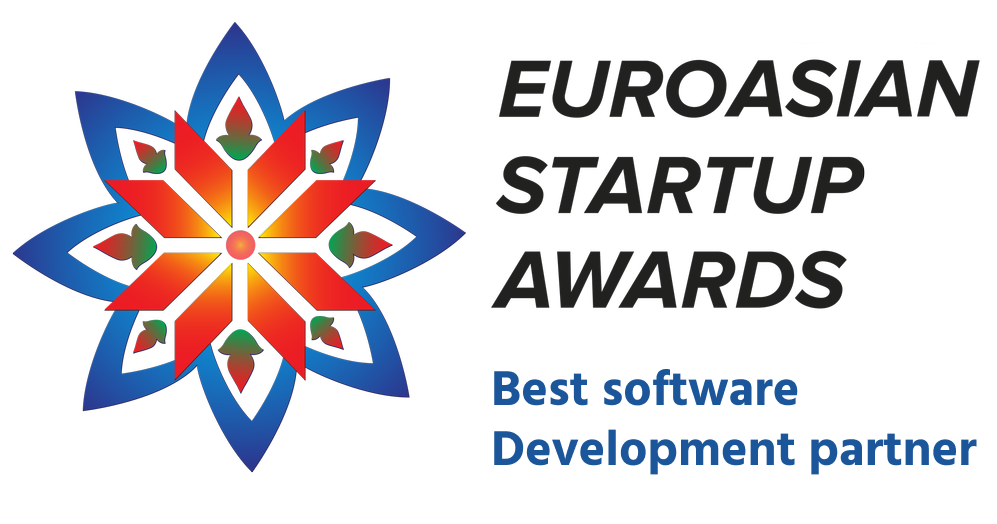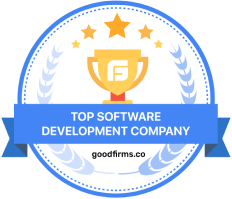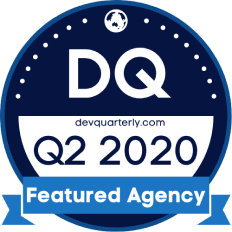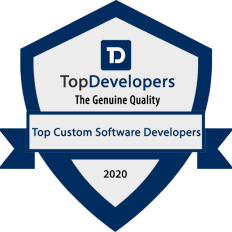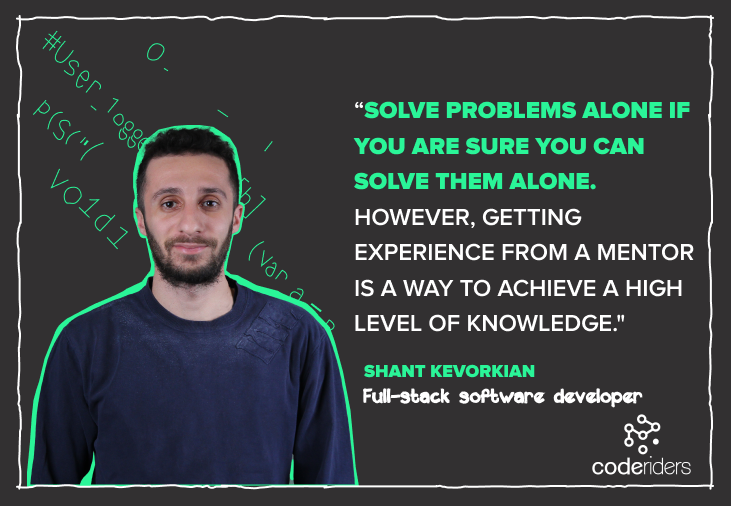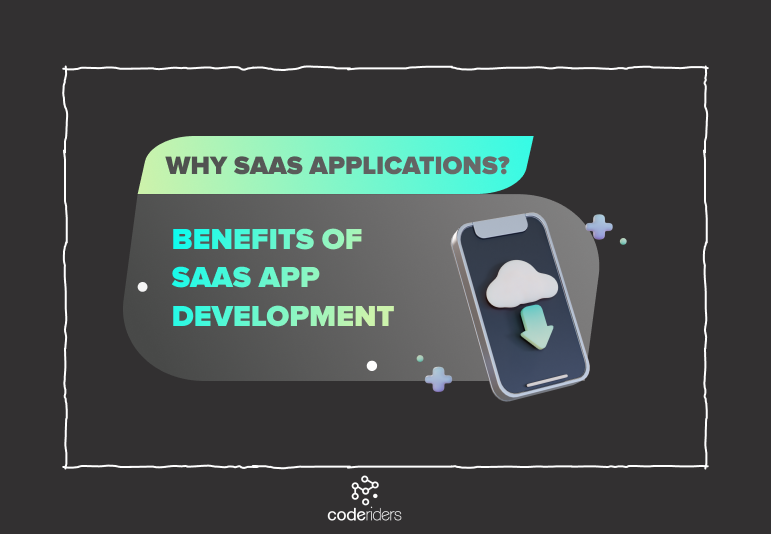The reputation and stability of every company lies in its successful human resources management. Poor HR practices affect all levels of the company, causing a lack of recognition, conflicts and dissatisfaction, poor team building, and employee downgrading. HR software solutions cover HR pitfalls and challenges in companies, resulting in a growing number of investments in HR technology.
According to TrueList, almost 50% of HR technology will prioritize talent acquisition tools in the future, and 97% of companies are planning bigger investments in recruitment technology.
"As with most industries, technology is reshaping how firms approach HR in the fast-growing field known as HR tech. In fact, the annual revenue of HR tech is estimated at 62.6 billion U.S. dollars in 2022. Statista predicts that this revenue will increase to 91.8 billion U.S. dollars by 2026."

Challenges HR Professionals Face on Daily Basis
- Talent acquisition and attracting top talent are challenging for HR professionals nowadays considering the highly competitive and tense environment.
- Managing the constant upgrading and updating of the employee skillset is one of the assets of HR professionals and the company itself. Making sure employees are satisfied with their position and job title is critical. For example, some employees may outgrow their profession and look for more challenging positions.
- Managing diversity at work builds strong team spirit and a healthy work environment. This includes addressing the cultural challenges of various employees and managing the requirements of employees of different ages, nationalities, views, etc.
- Employee engagement defines team spirit. HR processes should be organized in such a way that employees feel comfortable and encouraged to participate in various team-building and brainstorming activities.
- Nowadays, all industries face employee retention challenges. Digitalization has simplified the process of finding better workplaces with better conditions. So, fixing a high employee satisfaction rate and constant improvement of working conditions is critical for employee retention.

To help solve these challenges, HR professionals follow various well-known HR principles with the help of HR technology and complex or simple HR software solutions, for example, the 5Ps model. The goal of HR professionals lies in the 5P's model principles, which include finding the purpose of each employee, defining principles to achieve the desired outcomes, implementing successful processes, caring for people, and analyzing their performance.
With this in mind, let’s explore human resource software solutions and the most requested topics connected with automation in HR management. For the record, CodeRiders software outsourcing firm provides qualified software developers, designers, and other IT specialists to build these on-demand and significant HR software solutions.
What is Human Resources Management Software or System?
Human resource managers plan, coordinate, and direct the administrative functions of an organization. HR software solutions accelerate and facilitate the above-mentioned main and other adjacent HR processes. Often called HR tools, these software solutions refer to digitally managing and optimizing daily human resources tasks and the overall HR goals of a specific organization. With the help of HR software, HR specialists can work more productively and invest more resources and efforts in complex tasks, excluding manual administrative HR work.
What Systems or Software Do HR Professionals Use?
Based on a specific company’s needs and HR goals, HR managers may use a specific system to manage a single HR process or a software solution that fulfills multiple HR processes. HRMS (human resource management software or system), HRIS (human resource information systems), HCM (human capital management software), and HRD (human resource development software) are typical examples of complex and multi-functional HR software solutions. These software solutions are very similar to each other and are sometimes used interchangeably. Let's go through each of them separately and then draw comparisons.
Subscribe to Newsletters
What is HRIS (human resource information system)?
HRIS software is a human resource information system that holds all the employee data and related resources to manage the main workflow of the HR department. Some of the main features of HRIS software include employee records management, HR database and analytics, document and payroll management, employee attendance and absence management, and other similar solutions. After all, it is fair to say that HRIS software is a complex system that removes the need for multiple spreadsheets and paperwork overload and concentrates all the work into one streamlined information system.
What is HCM (human capital management software)?
HCM software solutions help HR professionals manage the whole cooperation path of their employees with the company, from hiring to onboarding and retirement processes. HCM software solutions take a more holistic approach to HR processes, encompassing all the HR aspects, such as talent management, workforce planning and development, and employees' retirement plans.
Here are the most common functions, features, and HR software solutions included in complex HR systems such as HRIS, HCM, and HRM software.
-
HRM payroll software
HRM payroll software deals with the financial matters of employees, including the calculation and payment of salaries based on the inserted data, taxes, and deductions. HRM payroll software also takes care of paycheck delivery and printing. Some companies include such functions in their HRM payroll as the calculation of employee financial gains and retirement plans once they hit retirement age. This feature is most often found in HCM software solutions.
Benefits of HRM Payroll Software
-
- Calculate employee salary taxes faster without human interference
- Generate accurate pay slips
- Calculate bonuses and holiday pay
- Other expenses such as commissions, insurance, paid days off, etc.
Subscribe to Newsletters
-
HRM database software
HRM database software is a digital system for managing and organizing employee data, such as employee contact information, banking information, emergency contacts, qualifications, personal information (such as date of birth and address), and more. HRM database software is critical for HR professionals and the company itself, as it gives a chance to analyze and assess employee value, benefits, and pitfalls based on objective information stored throughout time.
Benefits of HRM database software
- Strategically place, optimize, and manage resources, including human, physical, and intellectual resources.
- Simplifies routine tasks, for example, time-off, day-off, sick days, and other similar requests. The employees just send the requests automatically, and the system counts down how many paid days off the specific employee has. The information is shown both on the employee’s and HR's accounts, cutting off time spent on HR administrative tasks and employee support.
- Calculates, tracks, and improves employee productivity. For example, the employees enter their check-in and check-out times, a specific period spent on a single task, and monthly work reports, while the HR creates improvement and assessment plans based on the results shown by the software.
Other functions in HRM database software include employee attendance and absence management systems, employee reporting software, employee performance management, and applicant tracking solutions.
-
Employee recruitment and talent acquisition software
Employee recruitment and talent acquisition software, or ATS (applicant tracking systems), helps HR professionals track and assess candidates throughout the hiring process. In big companies and enterprises, ATS solutions allow professionals interested in the company to create their profiles, their CVs, and related information and follow open positions. The HR professionals, in turn, receive a dashboard where they have a chance to directly post jobs, track and filter applicants, create tests for the applicants, and assess their compliance with the role based on the results. ATS can also act as a database of new applicants who may be prospects for future job openings. This accelerates and facilitates the HR professionals' job in finding new resources.
Benefits of employee recruitment and ATS software
- Private database of potential employees and applicants who are interested in working at the specific company
- Reusable content for HR professionals to spread across other recruitment channels
- Automation of HR processes, for example, e-mails, responses, test result analysis, matchmaking systems, etc.
- Rank candidates by their skill set and select those who best meet the job requirements
- Employee reporting software
- Contingent workforce management system
- Employee performance management and applicant tracking solutions
HRIS vs. HCM vs. HRM software solutions
The Main Differences, Pros, and Cons of Top HR Software Systems
The HCM, HRIS, and HRM software solutions are quite similar. Based on a specific company's characteristic features, they may or may not integrate the above-mentioned HR functions. However, one of the main differences between the 3 complex and compact HR systems lies in their influence and distribution areas. For example, HRM software solutions offer more complex features than HRIS software solutions. For example, HRM software solutions are usually used by small and medium-sized companies to cover ongoing HR processes and collect information on potential candidates, making the research and recruitment process easier and faster. However, the HCM software has wider coverage. HCM software solutions are used for controlling the entire employee lifecycle, from recruitment to ongoing cooperation and retirement processes. HCM software solutions are designed to support global compliance and international payroll requirements for huge enterprises.
As an alternative to traditional HR software, nowadays a growing number of companies are paying attention to SaaS HR software solutions as well.
Subscribe to Newsletters
What is SaaS HR Software?
Software-as-a-service (SaaS) HR software is a cloud-based solution that helps companies manage various HR processes through an online platform. Just like in the case of traditional HR software solutions, SaaS HR software offers:
- Employee data management systems
- Payroll, financial processes, and benefit administration systems
- Employee performance tracking and management systems (recording, calculating, and tracking employee work hours, days off, sick leave, and vacation requests)
- Recruitment and onboarding processes such as managing the gathering of information about employee prospects, creating and spreading job announcements, managing hiring processes, applicant tracking, creating tests and scheduling interviews, and managing new employee onboarding processes
- Managing employee training and development processes
- Employee self-service tools that will allow the employees to create their profiles, insert and update their personal information, access company policies, send time-off and status upgrade requests
- HR reporting and analytics tools that help HR professionals generate HR reports, analyze workforce data, etc.
How Does SaaS HR Software Differ from Traditional HR Software?
Unlike traditional HR software, in the case of SaaS HR software, the user does not have to install and set up the software on their computer. They can use the software online. It is a subscription-based software solution where the owner of the SaaS HR software hosts and maintains the application, and the user only needs a web browser and internet connection to access and use the software. The above-mentioned HR software solutions and the complex HR systems such as HRIS, HCM, and HRM can all be built as SaaS applications or traditional software solutions. It is up to the software owner to decide. Both traditional HR software solutions and SaaS HR software offer a wide range of functionalities to streamline HR processes and improve employee efficiency.

At CodeRiders software outsourcing company, we provide cutting-edge SaaS HR software solutions. Our qualified software developers and designers apply the most innovative and up-to-date software development languages and frameworks to build competitive and tailored solutions.
How to Choose HR Software That Best Meets Your Business Needs?
Now, we know all about the types of HR software solutions, but here is the main question: “How to understand which HR software is best for my business?” Here are some tips for choosing HR software that matches your business needs, does not distract or confuse you with unnecessary functions, and covers the specific needs of your company. We start with the basics:
- Identify your company’s structure, size, plans, growth strategies, and initiatives. Do you plan to add new employees to your company? Are team spirit and company culture one of your priorities? Do you currently need strong branding and recognition? At first sight, these questions may seem unrelated to the selection of HR software. However, they do play a role in building your ideal custom HR software or the best open-source HR software for you. For example, if your company is small or medium-sized, you most likely will not need complex payroll systems or ATC software. Instead, what you will need are tools for employee productivity analytics and work management. This way, you will first ensure you are making the correct investments and have a legit plan to expand your business and services. On the other hand, if your number one priority is hiring new and qualified employees, you may need to think about recruitment software.
- Analyze the overall features and functions of the software you are going to buy. Choose HR software that has the most relevant features for your business needs.
- Pay thorough attention to the security of the HR software that you are going to purchase, or assist your business goals effectively by building secure custom software. After all, your HR software will contain a lot of insights into your company, personal information, and staff.
- Choose user-friendly and intuitive HR software solutions. The time and resources spent on employee training can be invested more wisely if you choose an intuitive HR system.
- Choose HR software solutions that are scalable and cloud-based. With scalable and cloud-based HR software solutions, you do not have to worry about data space to store the needs of all employees. As a result, HR professionals become more flexible in their time management and work volume.
At CodeRiders, besides discussing and building your tailored HR software solutions, we also provide free consultations and help our clients understand which software solutions are more strategically viable for their business. We are also very flexible and transparent when it comes to working with companies from various cultural and geographical backgrounds.
To sum up, HR software solutions assist in the realization of the well-known 5P model and other similar approaches in HR. Organizations use complex HR systems to manage, track, and plan human resources, such as HRIS, HCM, and HRM systems. Others prefer to use some of the functionalities of these HR software solutions instead of the full package. Some examples include HRM payroll software, employee recruitment software, ATS (applicant tracking systems), HR database software, and more.
Having
development
needs?
CodeRiders will address your web and mobile development challenges by creating custom software, helping with outsourcing services, or just consulting on your software development requirements.




